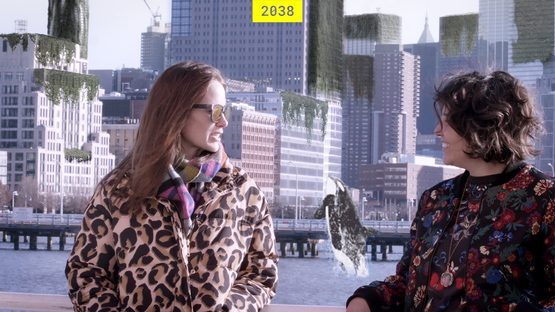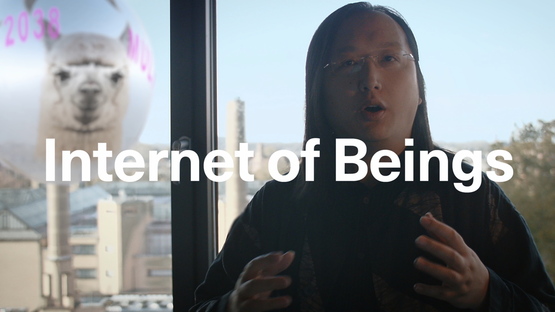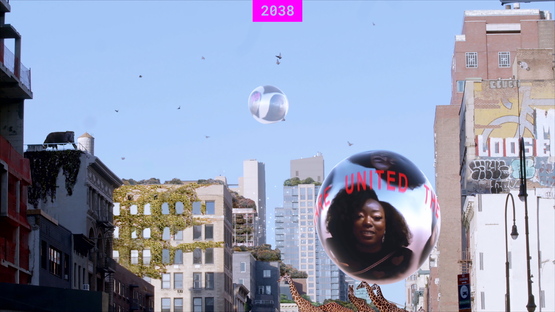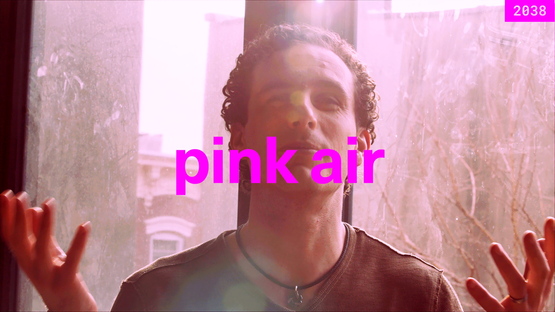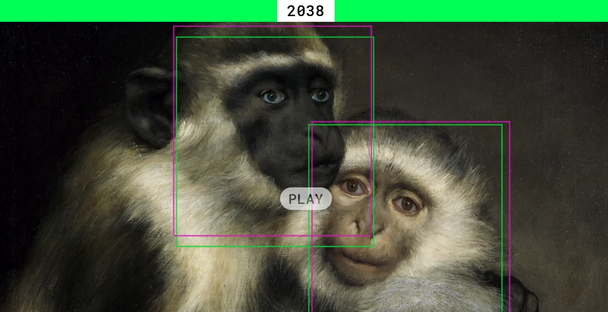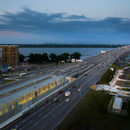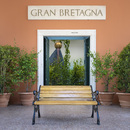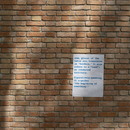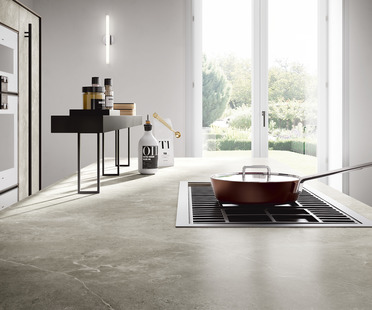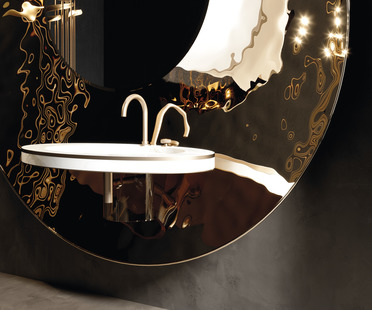14-05-2021
Biennale di Venezia, the German Pavilion looks back from the future
Arno Brandlhuber, Olaf Grawert, Nikolaus Hirsch, Christopher Roth,
- Blog
- News
- Biennale di Venezia, the German Pavilion looks back from the future
 The theme of the German Pavilion at the 17th International Architecture Exhibition at Biennale di Venezia answers Hashim Sarkis’ question “How will we live together?” with a look back from the future. The curators of 2038, as the exhibition is titled, propose a look back at the present from the future. A present which is in some ways dystopic and definitely very different from what we imagined only 18 months ago, when the COVID-19 pandemic was just beginning.
The theme of the German Pavilion at the 17th International Architecture Exhibition at Biennale di Venezia answers Hashim Sarkis’ question “How will we live together?” with a look back from the future. The curators of 2038, as the exhibition is titled, propose a look back at the present from the future. A present which is in some ways dystopic and definitely very different from what we imagined only 18 months ago, when the COVID-19 pandemic was just beginning.Let’s hope that the future envisioned in the German Pavilion will come true: an “Age of New Serenity. 2038 is a fiction justified by the knowledge of experts in architecture and art, economics and ecology, philosophy and politics, science and technology, representing how we would like to live together in the future.” The intention is to give to the hypothetical all the persuasive power of the factual by narrating the future, because, according to Ludwig Engel and Olaf Grawert, members of the team of curators along with Arno Brandlhuber and Nikolaus Hirsch, in their text “Zukunft ist gegenwärtig” (The future is here): “A story about the future is always a story for the future. Because it adds another perspective to what we can conceive of today, and therefore changes the possibilities of what the future could be”.
While the curators initially planned to address three global crises, the financial markets, migration and climate, as the starting point for the exhibition 2038, a fourth one had to be added: the virus. This further changed things, making it difficult if not impossible to plan even for the present. An ’uncertainty even about the near future, making recent speculation irrelevant and bringing back the futures of the past.
And so the physical pavilion at the Giardini della Biennale will serve as an interface with the virtual one in order to make the exhibition accessible to all. In other words, while the building will continue to anchor the exhibition in space, the virtual pavilion will extend it in the dimension of time. And so the virtual transforms this physical exhibition, with the aid of digital formats, in this case Mozilla Hubs, into a mobile experience of 2038 accessible from anywhere, at any time. An experiment for our times and a new form of communication allowing us to broaden the range of action of otherwise limited initiatives: the virtual pavilion will make it possible to interact with other visitors, exchange ideas and offer new input, broadening the impact of what happens in Venice to the whole world. In this way the simultaneous nature of the physical and virtual worlds honours the independence and quality of both worlds making up the exhibition 2038.
The Performing Architecture programme presented in partnership with the Goethe Institut and the German Pavilion’s official publication is also very interesting. The publication will be the 2038 edition of Arts of the Working Class, a multilingual bi-monthly street paper pre-financed by donations and selected advertisers and distributed through a network of social and cultural institutions in cities all over the world, in a model that allows the people who sell it on the street to retain 100% of the revenues.
Curated by Alina Ana Kolar, María Inés Plaza Lazo and Paul Sochacki, Arts of the Working Class presents contributions from artists and thinkers all over the world, further broadening the horizons of the Biennale.
Christiane Bürklein
German Pavilion at the 17th International Architecture Exhibition at Biennale di Venezia
2038. The New Serenity
Commissioner: Federal Ministry of the Interior, Building and Community; Curators: 2038, started by Arno Brandlhuber, Olaf Grawert, Nikolaus Hirsch, Christopher Roth
22 May through 21 November 2021
Giardini della Biennale, Venice
Images:
1) Jennifer Jacquet, Becca Franks & Orca (c) 2038
2) Audrey Tang & Lama (c) 2038
3) Omoju Miller and Audrey Tang (c) 2038
4) E. Glen Weyl(c) 2038
5) screenshot website Germany (c) 2038
For more information: https://2038.xyz/









